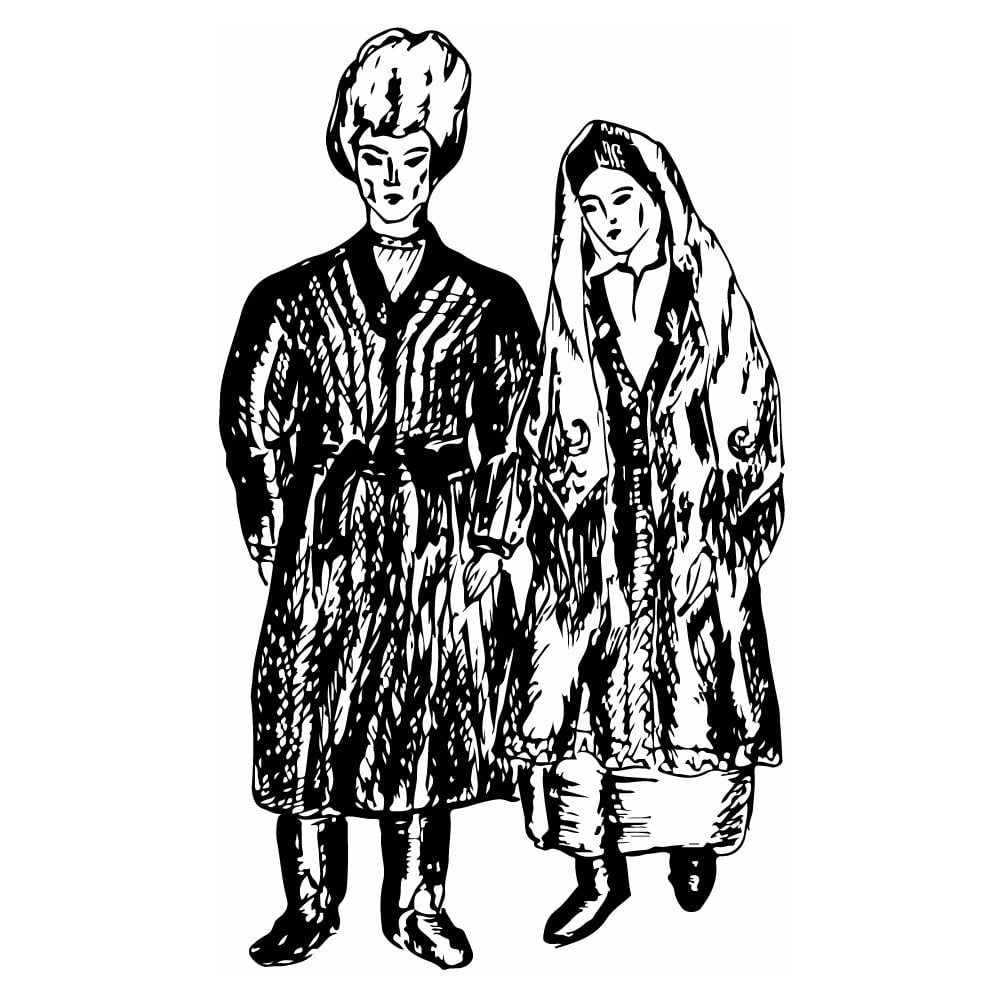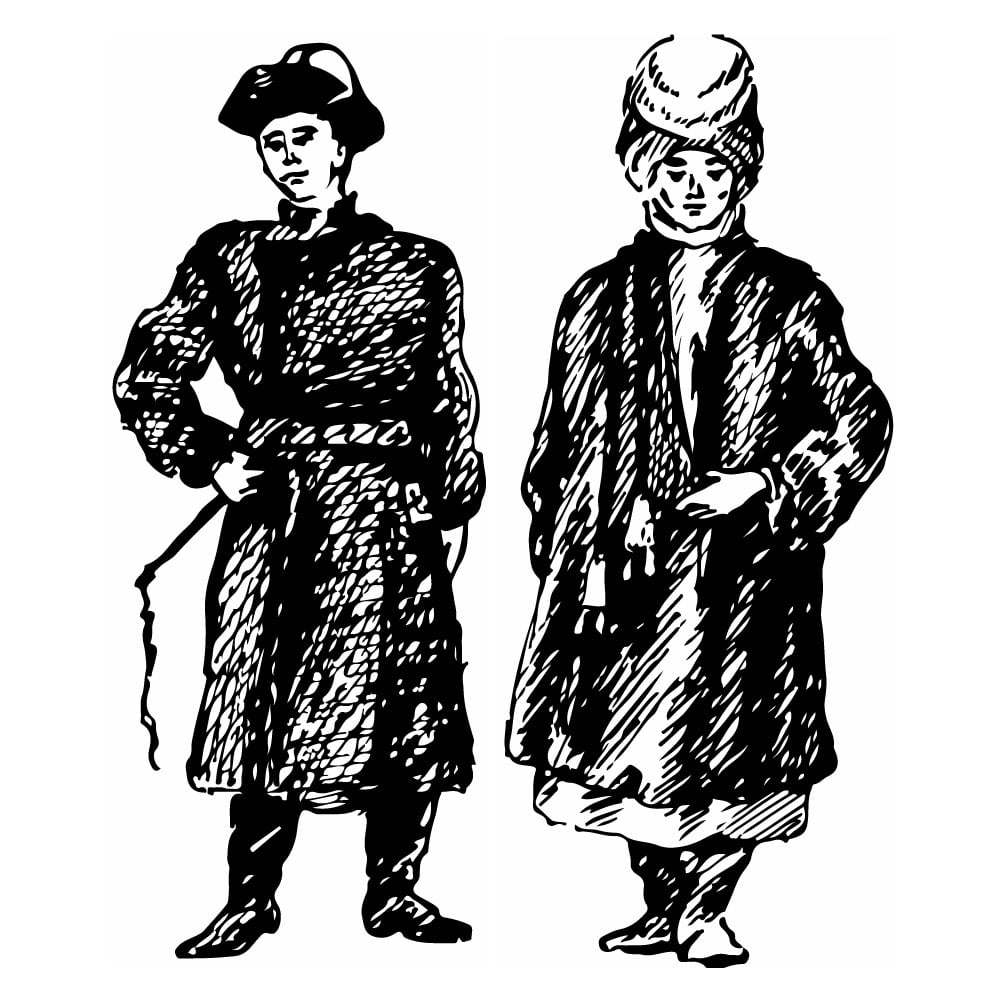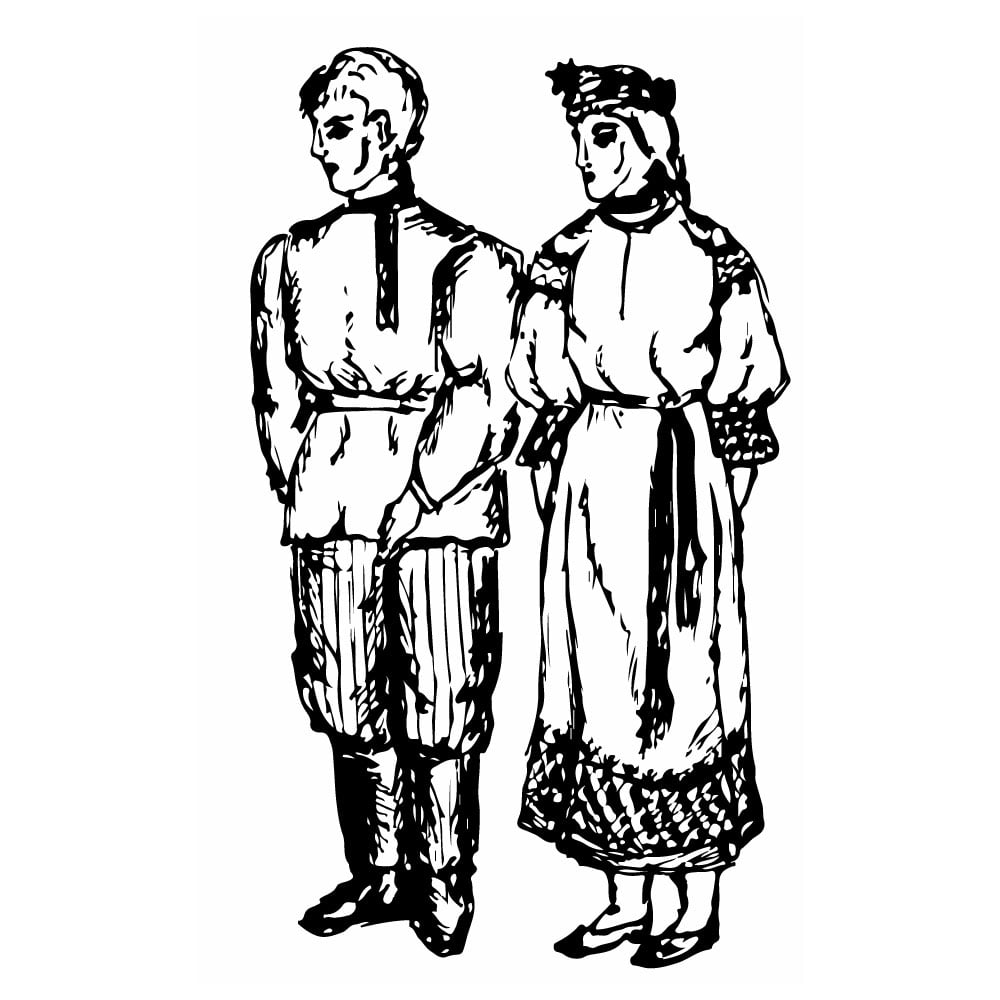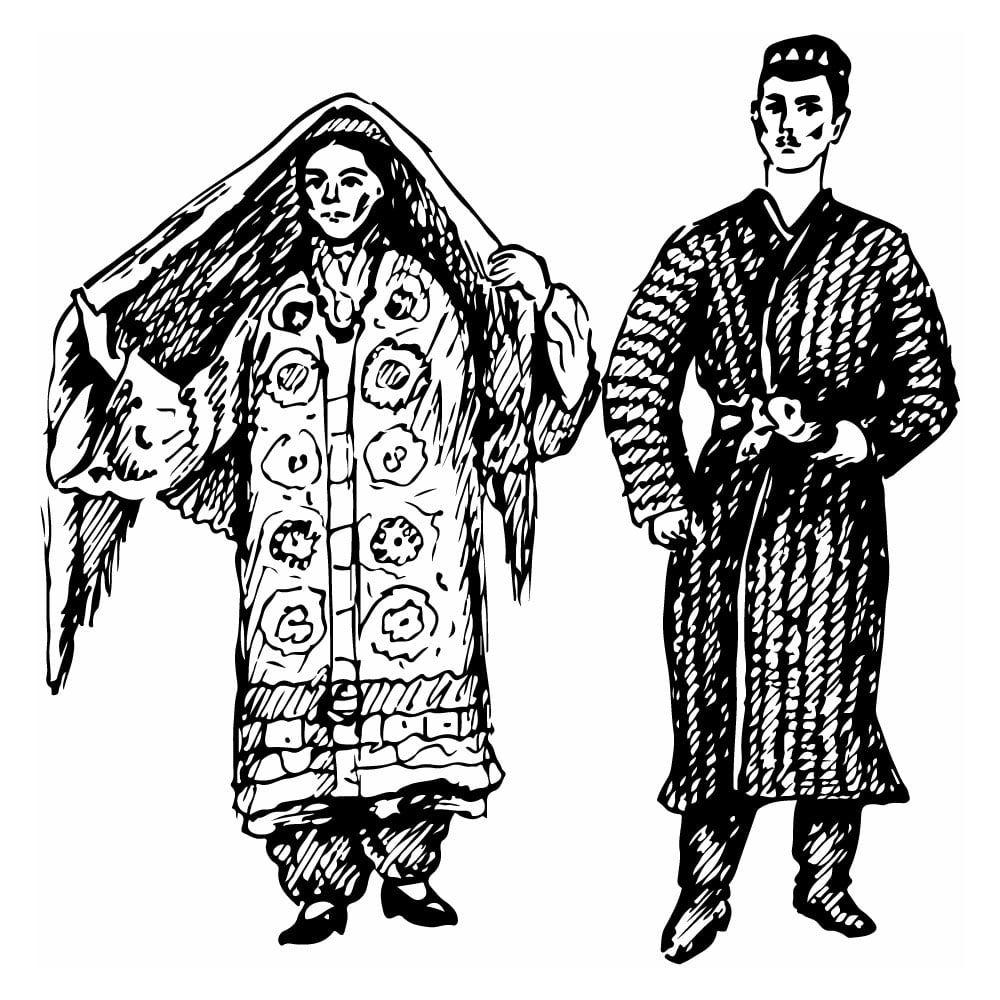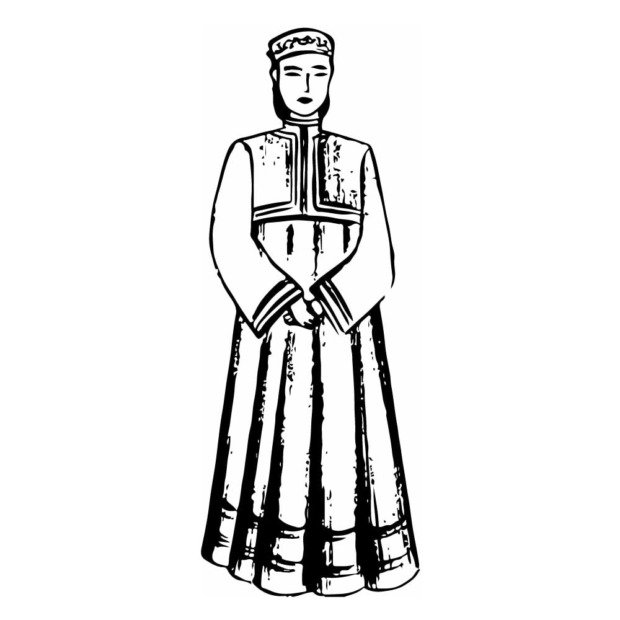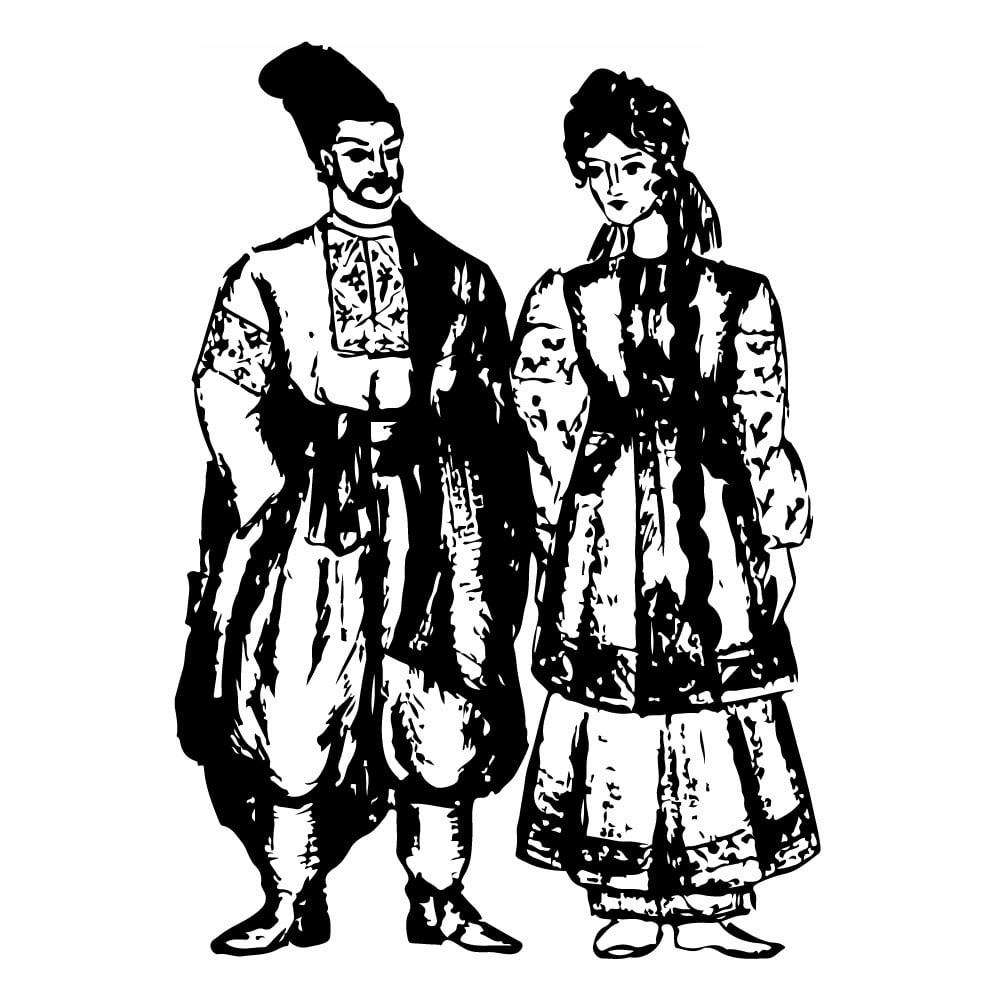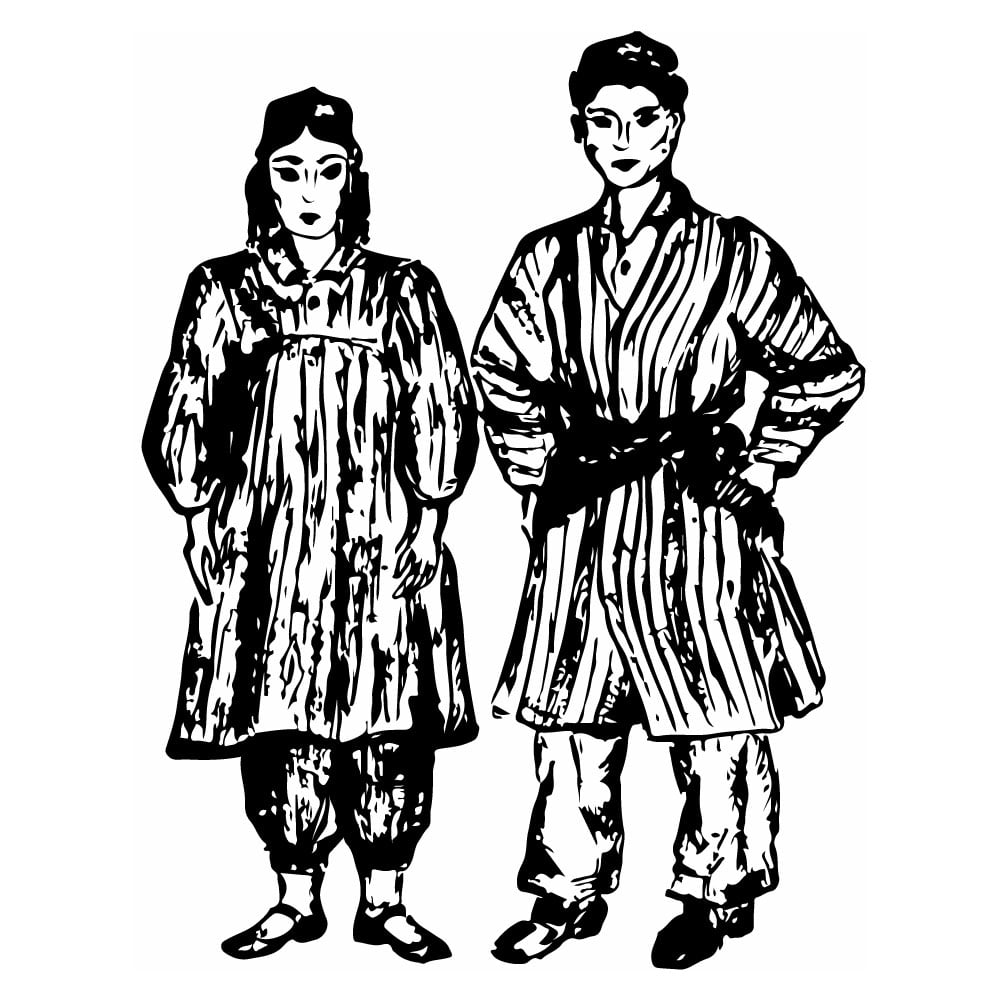Turkmen
| Population | 3,525,000 |
| Language group | Oguz group of Turkic languages |
| Language | Turkmen |
| Region | Turkmenistan |
| Religion | Islam/Sunnite |
*Population estimates for 1994
The Turkmen country is beautiful, severe, and vast. This territory has mountains, valleys, barren moving sands, and damp forests along the river banks. Just as Siberia is noted for its taiga forest, Kazakakstan for its steppes, and Tajikistan for its mountains, Turkmenistan is characterized by its deserts covering almost four-fifths of its territory.
Archeological excavations prove that people inhabited Turkmenistan in the fifth millennium BC. Ancient farmers lived in its southern parts, while hunter and fisher tribes lived in the north.
Ancient local Iranian-speaking tribes of the Dakho-Margian, Parfin, and Khoresm constituted the foundation of the Turkmen ethnogenesis. The early Turks appeared in the Caspian steppes at the beginning of the first millennium. The Oguz (Seldzhuks), who played an important role in Turkmen ethnogenesis, came to that area in the ninth to eleventh centuries. The formation of the Turkmen nationality finished in the fifteenth century after the Kypchaks were included into new tribal unions.
Until the twentieth century, the Turkmen were divided into tribes. The most numerous among them were the Tekins (Teke), Ersari, Salyr, Saryk, Golken, and Chaudor. The self-called name “Turkmen” is first mentioned in the Arabic chronicles of the tenth century. It may be translated as “looking like Turk.” As far as the name of the country is concerned, the word “Turkmenistan” appeared in middle ages. It means “the country of Turkmen.” More than 92% of the Turkmen live on the territory of Turkmenistan, the other 8% live in Uzbekistan, Tajikistan, and North Caucasus. The total population of the Turkmen in the CIS is 3,100,000. Turkmen are also found in Iran, Afghanistan, and Turkey. The Turkmenistan birth-rate is extremely high; hence, the continuous increase of population.
In rural Turkmenistan, modern houses exist along with the traditional yurtas. Yurtas are not the only Turkmen tradition still observed. These other traditions include having meals and sleeping on the floor covered with carpets.
This people was “converted” into the Islamic faith by sword. The Turkmen people express their religious ideas of the world’s beauty, harmony by music, poetry, and carpet weaving.
Today, many Turkmen men and women wear their national costume. These are especially popular with the countryside women. The men’s traditional clothing has not been preserved as much as the women’s. They still wear a robe (don) and papakha-telmek which is a tall Caucasian hat usually made of sheepskin. This papakha-telmek was used to protect the user from the ruthless summer sunshine and the icy winter frost. The Turkmen have preserved not only their “dress” traditions, they still follow the ways and words of their ancestors. The Turkmen respect the elderly people and the parents.
The Turkmen holidays are organized with concerts and national games such as duzzum (kind of draughts) and kusht (kind of chess). No major holiday is celebrated without traditional horse races.
This is Ad 1

